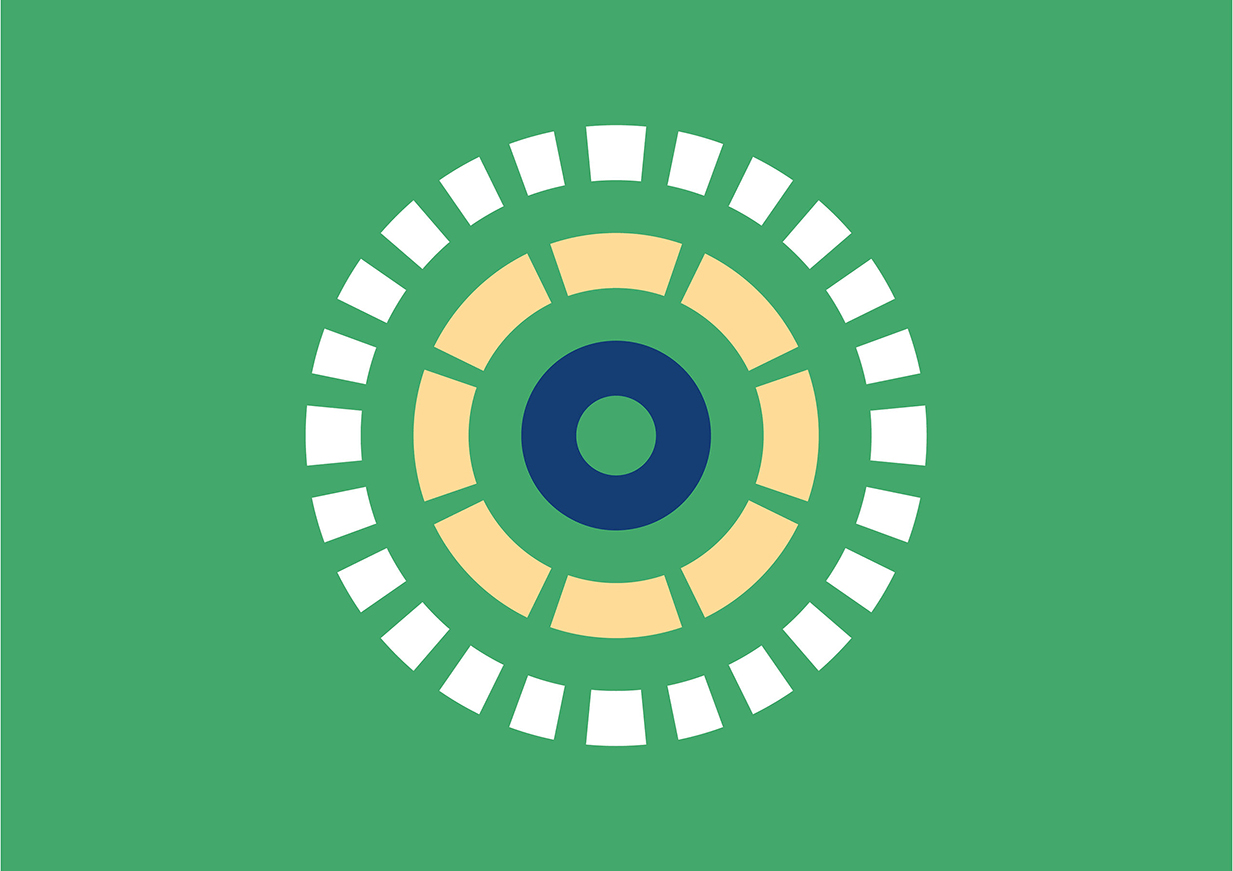Angioedema is a rare blood disorder characterised by rapid swelling below the skin. Most often affect are hands, feet, eyes, lips or genitals. The swelling is caused by a collection of fluid in the deep layers of the skin. Hereditary Angioedema (HAE) is a rare condition caused by mutations that reduce the production or expression of the C1 inhibitor protein – a regulator of inflammatory pathways.Individuals usually start suffering from HAE in the first or second decade of life. Most attacks are associated with trauma, medical procedures, emotional stress, menstruation, oral contraceptive use, infections or the use of medications. These attacks most often last approximately 2 to 5 days before resolving spontaneously. Some attacks can be life threatening.Treatment of HAE consists of management of acute attacks as well as long-term prophylaxis. Concentrates of C1 inhibitors are usually given to raise the level of C1 inhibitor in the blood and halts the progress of acute attacks.
Lanadelumab for prevention of attacks in adults and adolescents with Type I and Type II hereditary angioedema

Interventions:
Lanadelumab (SHP643; TAK-743; Takhzyro)
Indications:
Hereditary angioedema (HAE)
Year:
2017